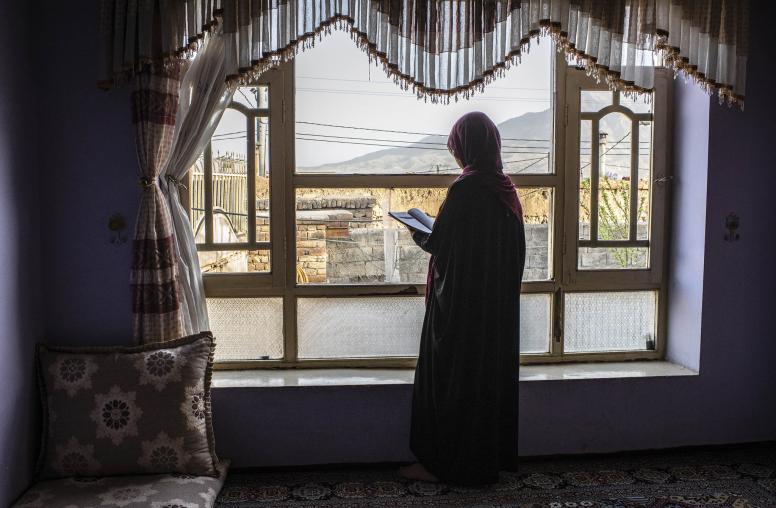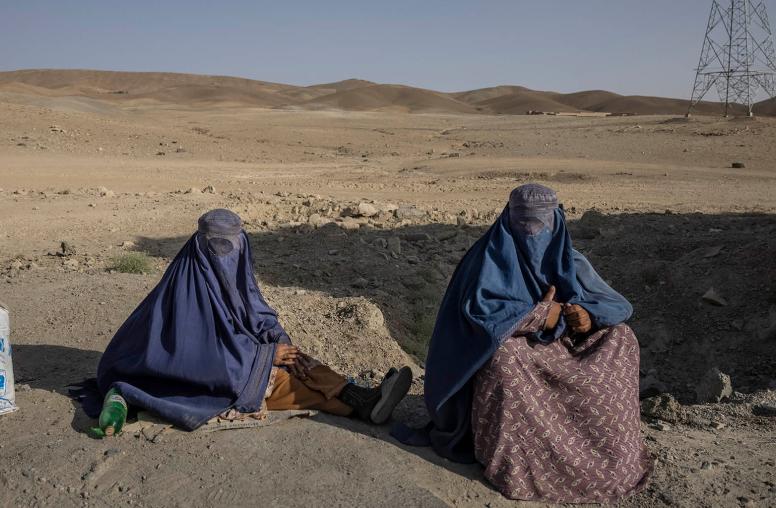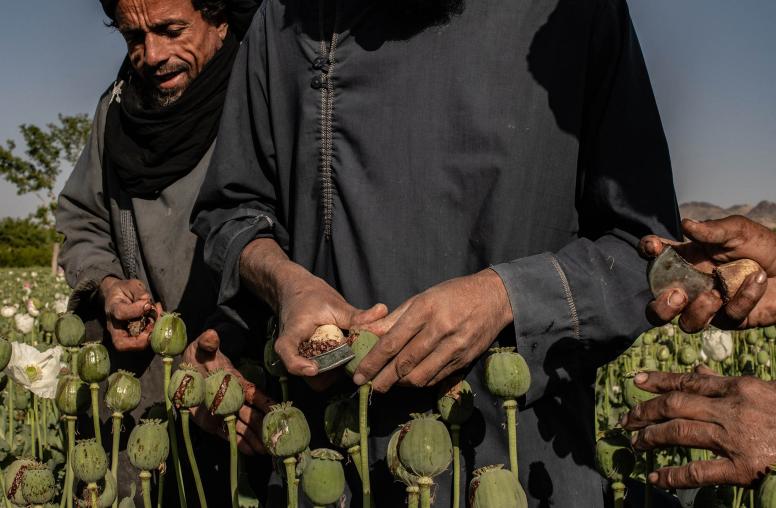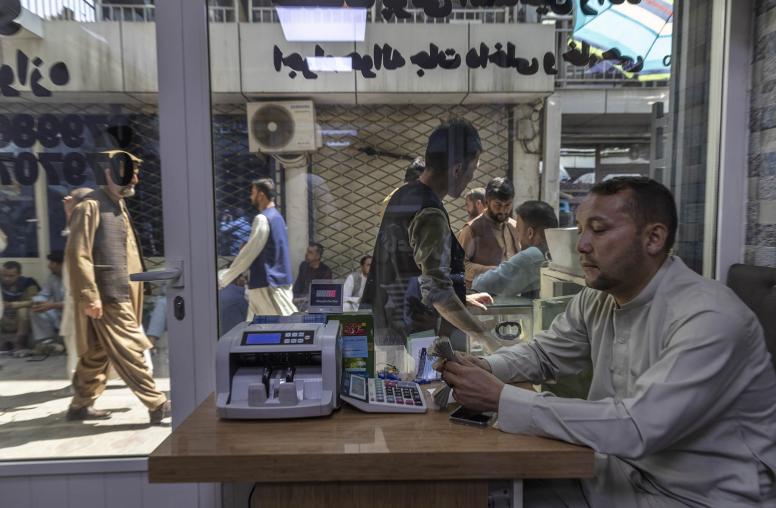Getting It Right in Afghanistan
THE USIP BOOKSTORE IS TEMPORARILY UNAVAILABLE
As the United States and NATO prepare to withdraw their troops from Afghanistan in 2014, the question remains as to what sort of political settlement the Afghanistan government and the Taliban can reach in order to achieve sustainable peace. If all parties are willing to strike a deal, how might the negotiations be structured, and what might the shape of that deal be? Getting It Right in Afghanistan addresses the real drivers of the insurgency and how Afghanistan's neighbors can contribute to peace in the region.
A recurring theme throughout the volume is the complex, multiactor conflict environment in Afghanistan and the resulting need for more inclusive political arrangements. The first set of chapters focus on internal political dynamics and Afghan political actors' views on a peace process. The second section covers Afghanistan's neighbors and their role in shaping the country's internal politics. Efforts to date to implement a peace and reconciliation process for Afghanistan are covered in the final section. Taken together, the book conveys the complexity and challenge of building an enduring and stable political consensus in Afghanistan's fragmented environment.
Since beginning work in Afghanistan in 2002, the U.S. Institute of Peace (USIP) has been informing policy through accurate, clear analysis of the conflict that could shape a negotiated settlement. Comprising a collection of its analysis from 2002 to the present, Getting It Right in Afghanistan offers valuable insights to the policymakers charged with developing a new course of action for contributing to peace in Afghanistan and regional stability.



